Days 3-5: Tsey, Vladikavkaz (North Ossetia)
In Vladikavkaz, capital of North Ossetia,
enjoy a cooking class, and sit in on a rehearsal of a traditional dance
ensemble.
Highlights: Local bazaar, cooking class, and traditional dance rehearsal; Performance by vocal ensemble
MIR Trip Notes: Day 4 - Drive to Vladikavkaz and Villages of North Ossetia
This morning, pay a visit to the sacred site of Rekom in the Tsey Valley,onoring the most important of the old gods of Ossetia, Uastyrdzhi. Portrayed as a mounted warrior in a white cloak, Uastyrdzhi is the god of men, warriors and travelers in the mythology of Ossetian folk religion. Today there is an organized revival of folk religion in North Ossetia, perhaps as a counterbalance to the perceived foreignness of both Russian Orthodox Christianity and Islam.
The drive today meanders through little villages, up and down magnificent mountain passes, and into the Fiagdon Valley and a little mountain resort along the Fiagdon River, where you stop for lunch surrounded by green hills.
The necropolis of Dargavs is sometimes called the "City of the Dead," because of its resemblance to a village of stone houses. Dotting a slope overlooking the Fiagdon River are nearly 100 medieval tombs and crypts built of stone with stepped slate roofs, some of which are two to four stories high. The bodies were inserted through window-like openings, with extended families interred together. Some of the tombs are missing roofs or walls, and a visitor can see the bones of humans scattered within.
Continue along the highway to Vladikavkaz, capital of North Ossetia and the terminus of the Georgian Military Highway, for dinner and overnight at Hotel Alexandrovsky.
Aleksandrovski Grand Hotel, Prospekt Mira 29,Vladikavkaz Russia 362040; Phone: +7 (8672) 40 40 70; Fax: +7 (8672) 40 40 71
Meals: B,D,L
Driving time: 5-6 hrs, including winding mounain roads with rough surfaces.
The Republic of North Ossetia
North Ossetia is one of the
smallest Russian republics, with a population of just over 700,000. The
Ossetes, who make up some 65% of the population, are descendants of a
medieval Persian-speaking kingdom called Alania. The majority are
Orthodox Christian, though there is a Muslim minority as well.
Vladikavkaz, Capital of North Ossetia
Located in the foothills of the North Caucasus, Vladikavkaz is the capital of North Ossetia. A city of approximately 330,000, Vladikavkaz is an industrial center and the terminus of the Georgian Military Highway.
This region of the North Caucasus is watered with many mineral and freshwater springs.
Founded in 1784, Vladikavkaz was given its name, which means “Ruler of
the Caucasus,” by the Russian military leader, Prince Grigory Potemkin.
The attractive city is surrounded by mountains.
Stroll
pedestrianized Prospekt Mira, mingling with students and locals, and
admiring the pre-revolutionary and Soviet architecture.
The original fortress of Vladikavkaz, built in 1784, guarded the nearly
vertical Darial Gorge, one of the only ways through the Caucasus
Mountains. This is where the Silk Road crossed the region, and where the
Georgian Military Highway crosses into Georgia.
Kay and I rejoined Rustam's Jeep and
were joined by Anya who would replace Olga as a local guide, but she is not local since she is from Moscow. We will miss Olga. Anya
seems nice though. We drove a short while and then went on a short
hike – estimated to last an hour, but took longer I would think.
We
visited the men's and women's festival areas. This must be Rekom. At the men's hut –
which was larger – there were quite a few sculls from animals that
had been sacrificed: bulls, lambs or something else. The animal is
sacrificed by putting salt in its mouth so that it is thirsty and
then having it walk to the festival site voluntarily. Its neck is
then slit form left to right – I think – so that no blood falls
on the ground. Only men and boys – from age 2 – are allowed
here. The festival is held in the fall and dedicated to the god of
hunt and harvest. There are special chairs for the leader, the
second in honor and the third. Meanwhile the women meet at an area
higher up the mountain and cook for the fistival. I am not sure I
remember anything more. It was a difficult walk for Jim and Betty
but they made it - or at least Jim did. I was OK with the downhill
parts but slower on the uphills parts.
We seemed to make quite a few stops on
this drive. Sometimes I think it was every 15 minutes or so.
I will
have to look at my photos to know. But there were several stone fort towers.
Lunch was at the resort that Olga will
have her wedding and reception for 1000 people at. It was a very
nice place with a big dining room, fancy waiters, and lots of smaller
cabanas. We had a nice lunch with trout, meat, an Ossetian eggplant
dish, mushrooms and other vegetables, several Ossetian pies including
the beet green and cheese one – which was much tastier than the one
we had yesterday. We ate outdoors. When we went to look for the
souvenir shop, it had been turned into a security guard outpost.
What else did we do?? We went over
at least one other pass from one valley to another. Oh, we stopped at a mining
town of Mizour on the River Ajgon and checked out their canteen for miners. The woman in charge
met us and gave our leaders the scoop about her operation. She gave us a short tour of the canteen building and Michel took a lovely photo of her, in her elegant dress. Germans had been involved in the mining operation and, when they left, they town was virtually abandoned, but now some have come back and there has been a sort of revival.
Oh, first off we had taken a walk past
an 86-yr-old man – Viktor – working with his sons on their
farm. We walked up the hills to see the ancient tombs - grave monuments – there
were several types – one for common people, and others for more
noble types. You could see the difference in the size and height. I
was fine – except breathless walking up the hill – and then I
slipped and fell into a nettle plant – which had me tingling for
the rest of the day. Jim did not walk up the hill. Instead he chatted with the younger relatives of Viktor and, as we left, one of the men presented Jim with an authentic Ossetian felt hat. Jim was so pleased with the extraordinary gift.
Let's see. We had another walk after
lunch to the City of the Dead. This was extra special because there
were mummies and bones in the tombs on the hill. It was an
extraordinary site, especially with the day lengthening and it
clouding over - so other worldly - so photogenic. I wandered around looking for the perfect place to get the shot of the tombs above the river and then the tombs and the flowers, and then, the tombs.....
We saw some 16th or 17th
c towers with cows grazing on the top of one hill.
Just before reaching Vladikavkaz, we
visited a WW II war memborial with several different parts and a huge
stateue to an Ossetian war hero.
We were all quite tired by the time we
drove into Vladkkavkaz to our hotel. The drivers dropped us off to
go home for two days and we checked into our rooms.
I have a nice
room. Poor Betty across the hall was having problems because her
room was very hot and the a/c did not seem to be working. I had time
for a shower and to do some hand washing before our 7:30 pm dinner at
an American style restaurant a short distance from the hotel. I
ordered spaghetti carbonarra and an unfiltered beer. I got a
dessert today – a scoop of red currant ice cream. I chatted with
Paul for most of the dinner and we talked mostly about schools and
education and some of our travel experiences. Paul is a retired teacher in Ireland and he has traveled very extensively...and to a lot of out-of-the-way places. It was around 9:30 pm
when I got back to my room. I was able to sign into wi-fi – actually Olga did
it for me – on my phone but not on the computer so I am using Wordpad
again. I hear it raining outside quite hard. We were lucky we had
so much sunshine today. I am almost ready for an early bedtime today
but need to check that no water is coming in the open window.

 Gorod Vladikavkaz, North Ossetia–Alania, Russian Federation
Gorod Vladikavkaz, North Ossetia–Alania, Russian Federation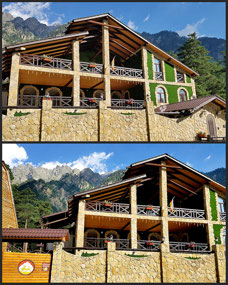
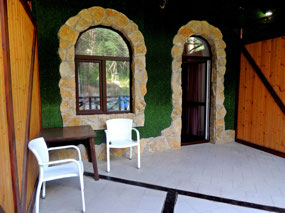
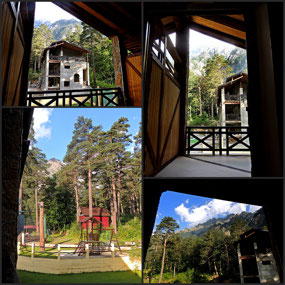
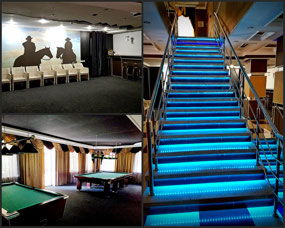
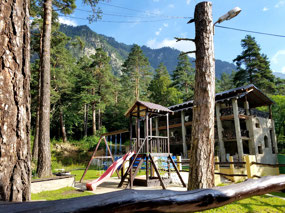
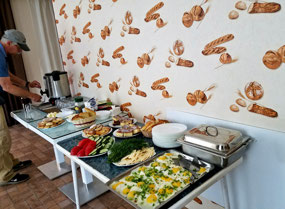
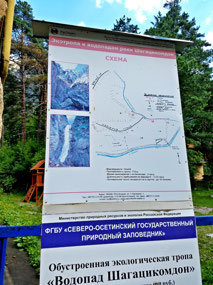
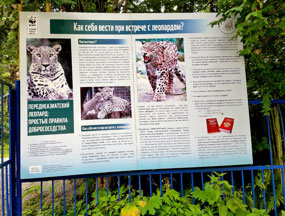


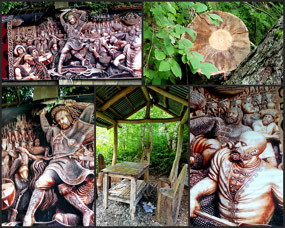
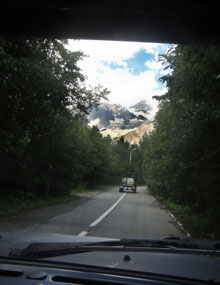

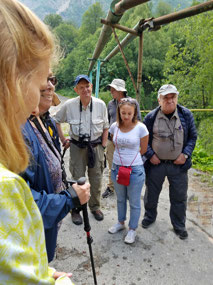
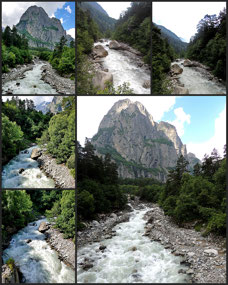
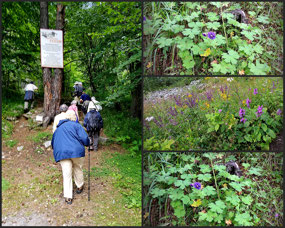
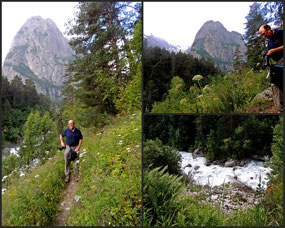
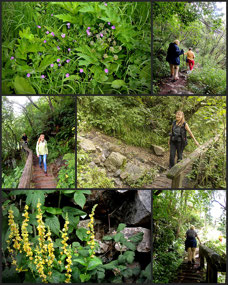
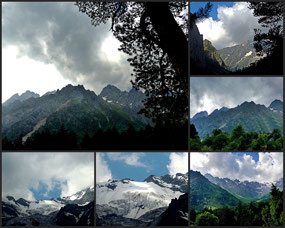
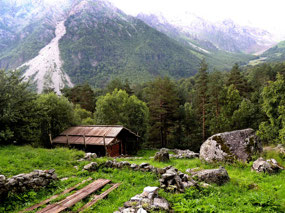
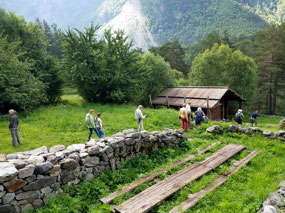
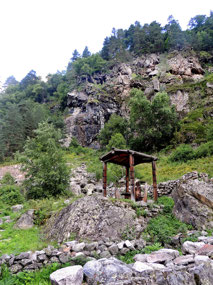
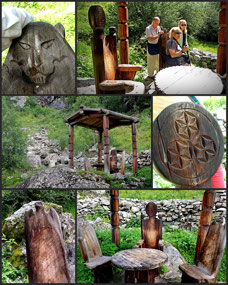
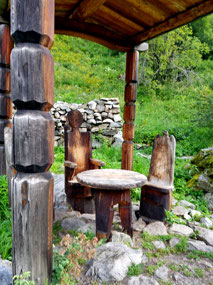
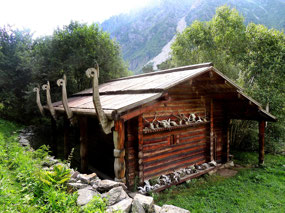
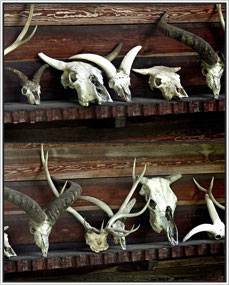
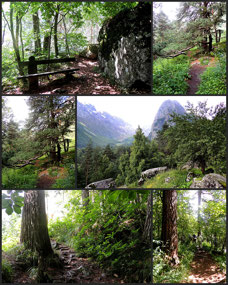
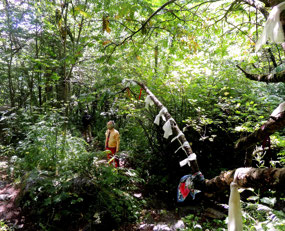
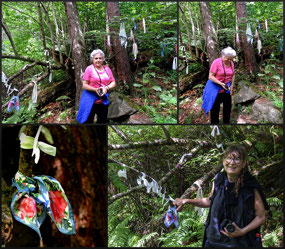
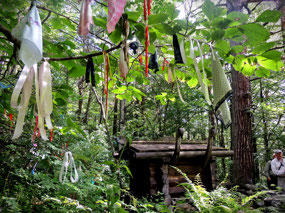
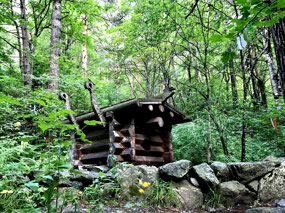
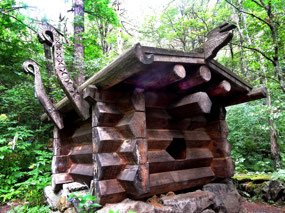
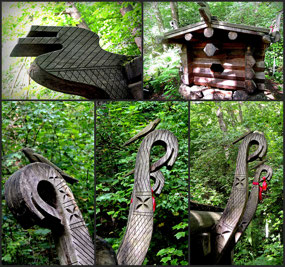
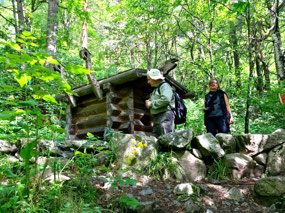
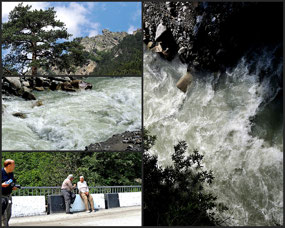
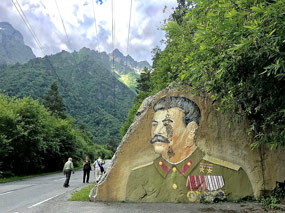
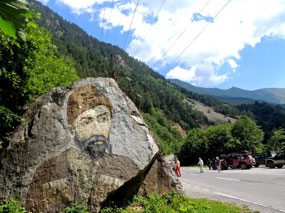
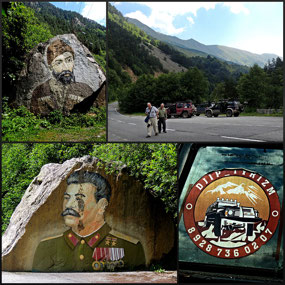
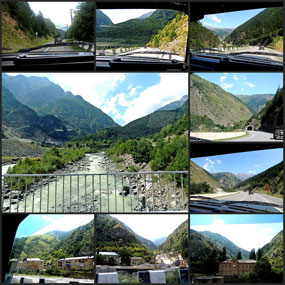
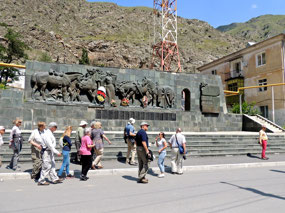
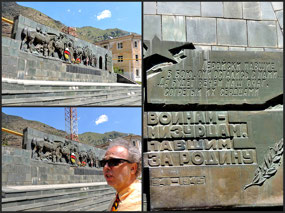
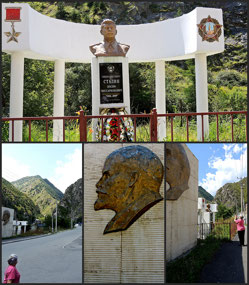
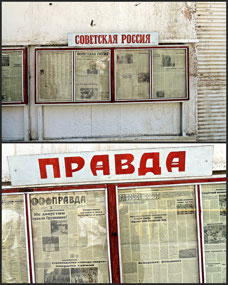
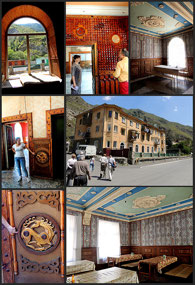

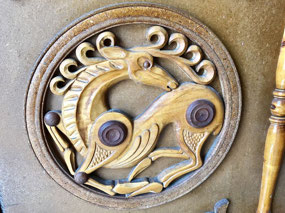
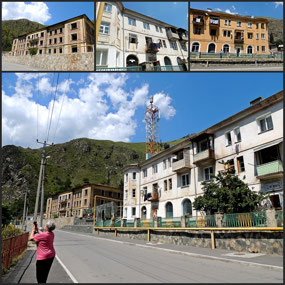
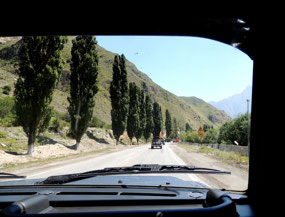
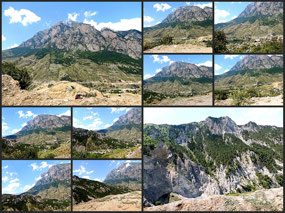
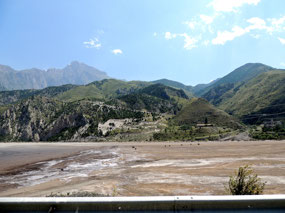
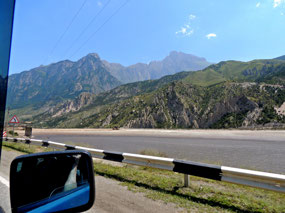
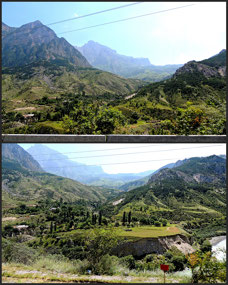
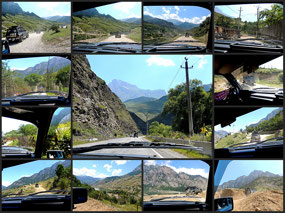
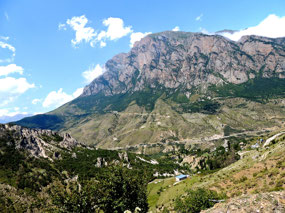

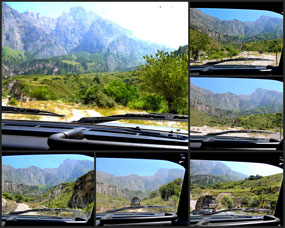
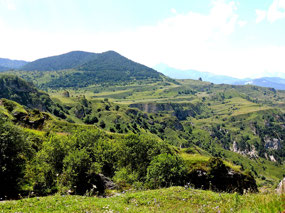
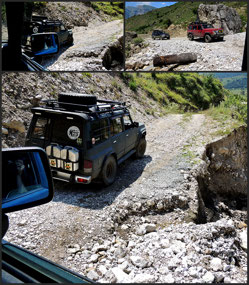
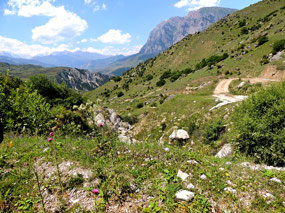
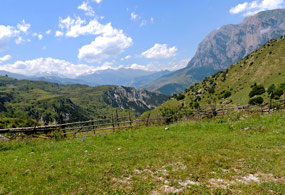
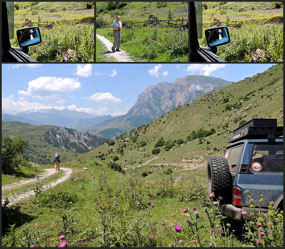
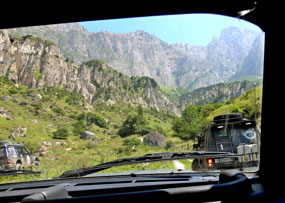
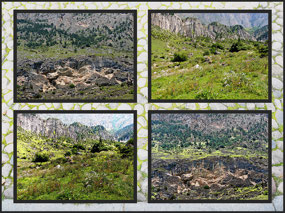

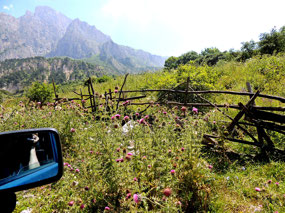
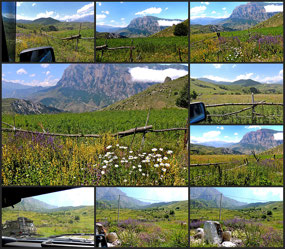
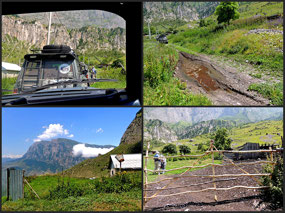
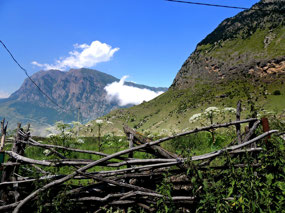
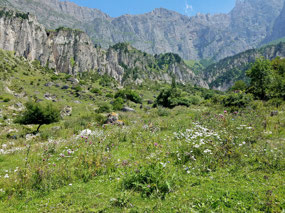
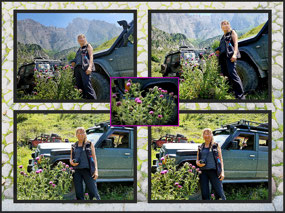
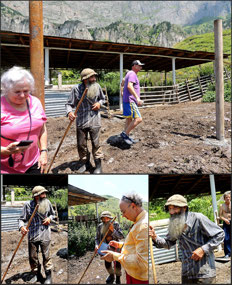
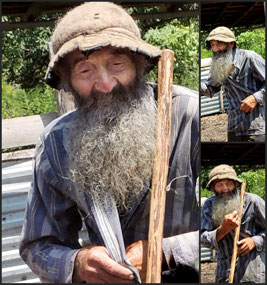
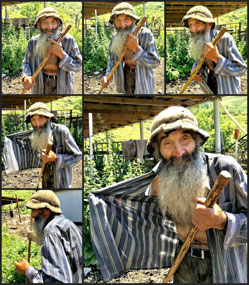
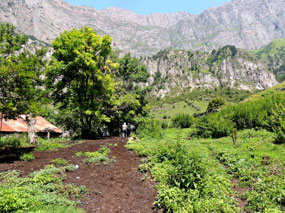
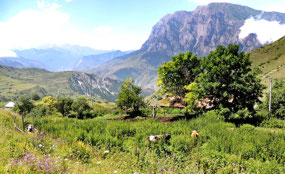
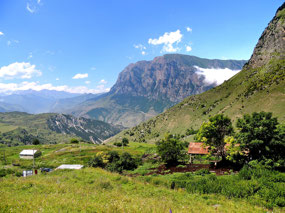
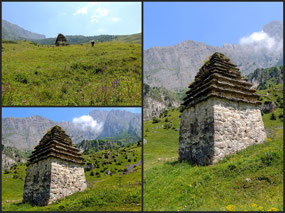
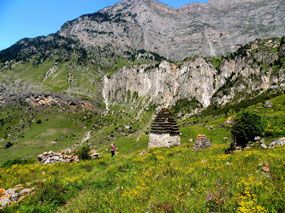
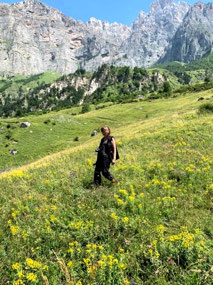
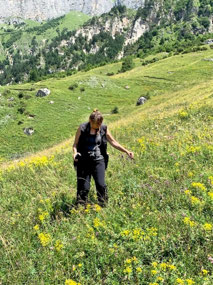
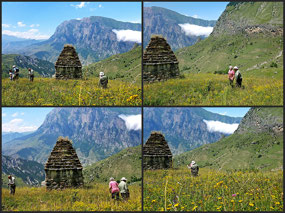
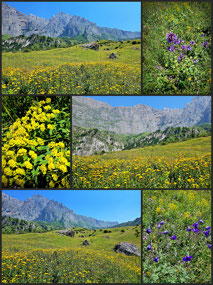
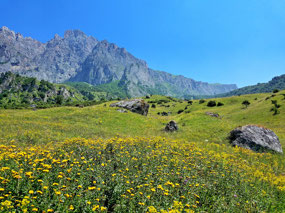
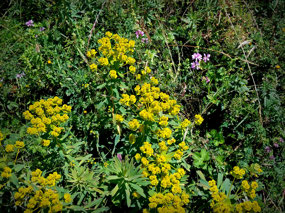
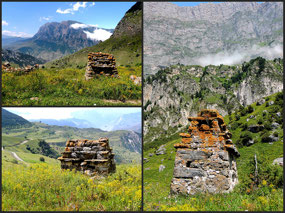
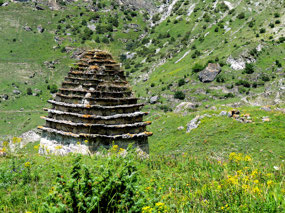
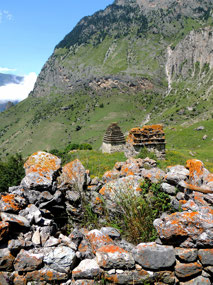
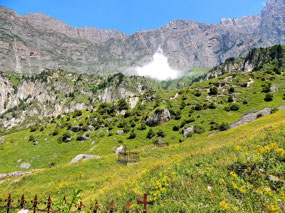
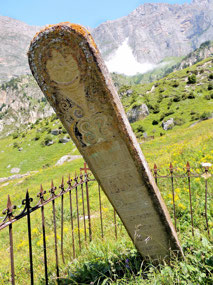
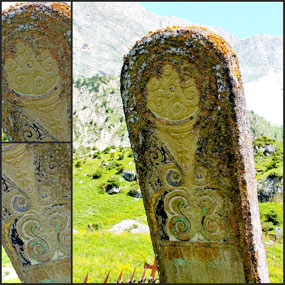
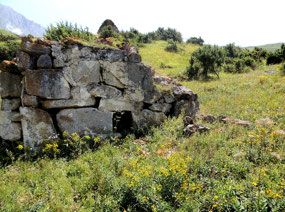
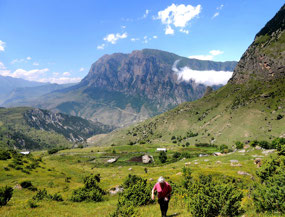
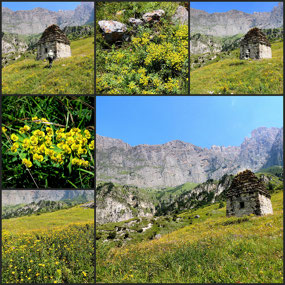

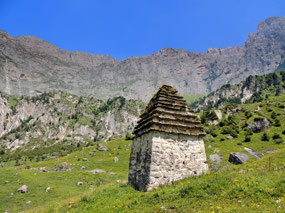
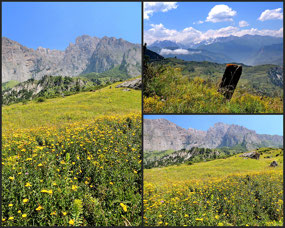
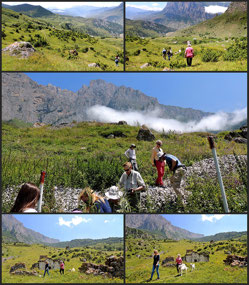
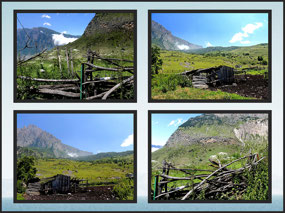
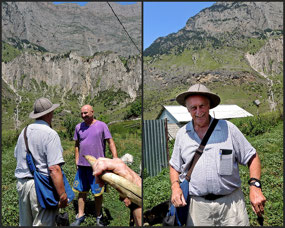
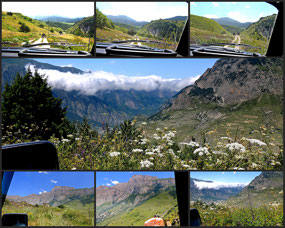

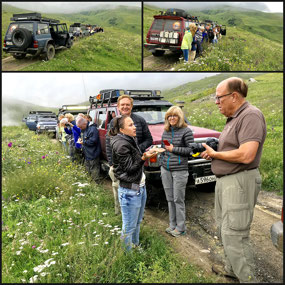
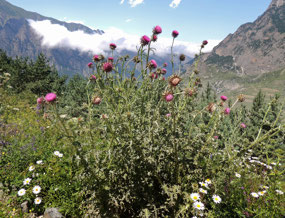
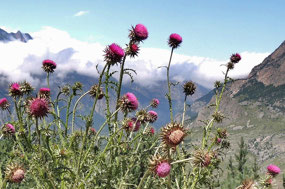
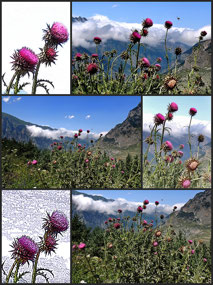
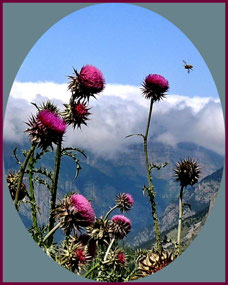
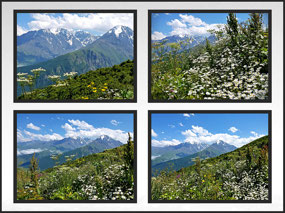
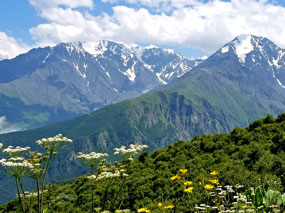
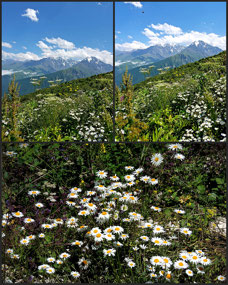
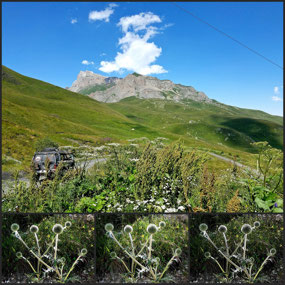
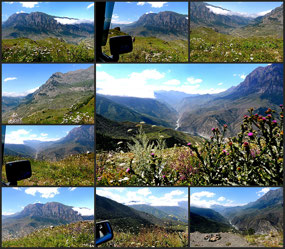
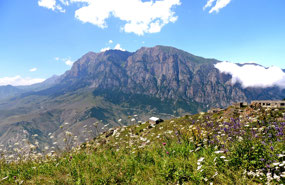
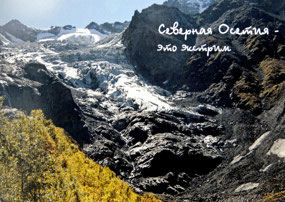

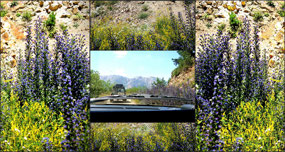
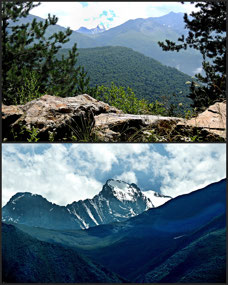
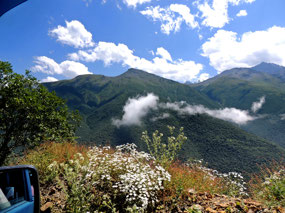
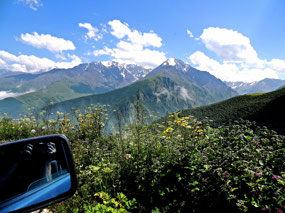
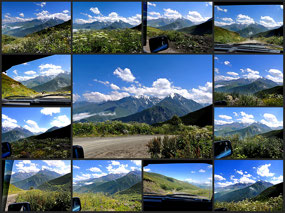
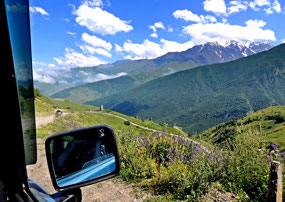
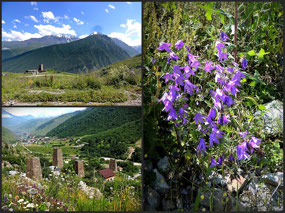
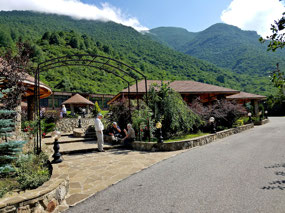
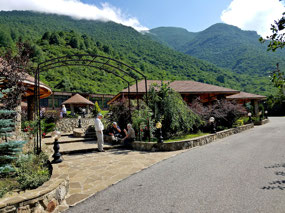
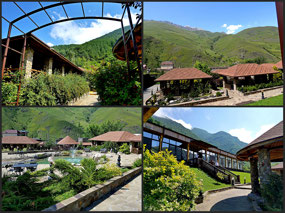

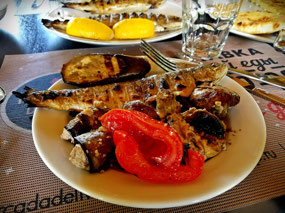
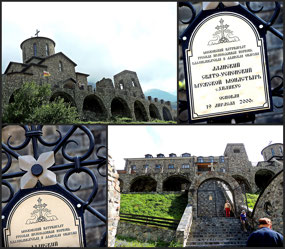
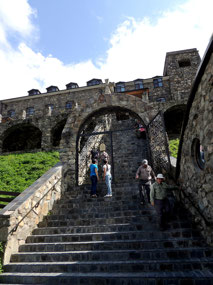
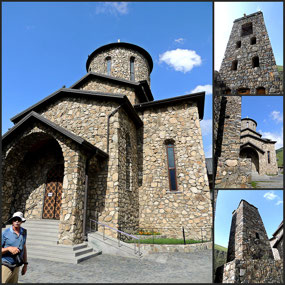
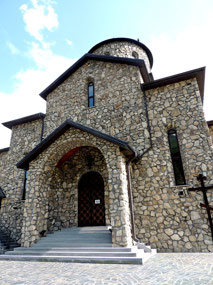
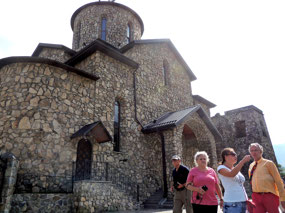
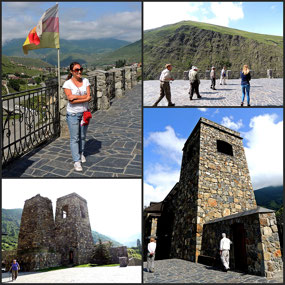
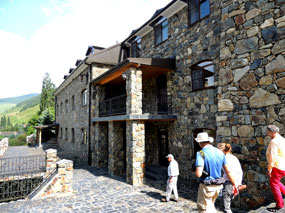
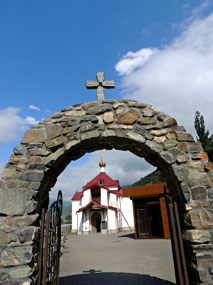
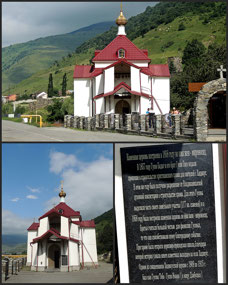
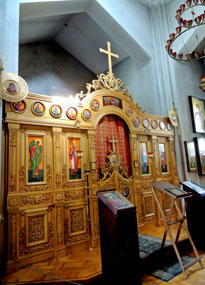
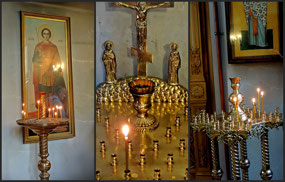
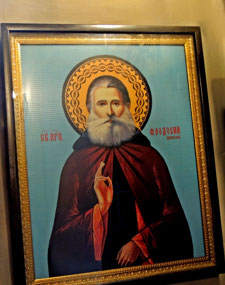
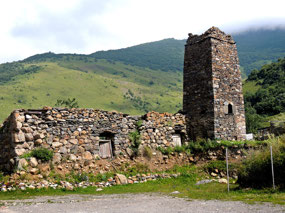
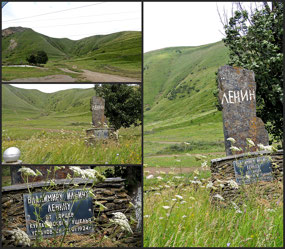
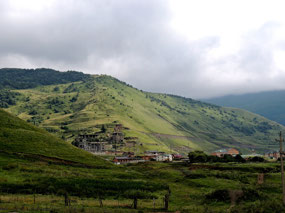
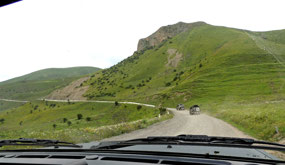
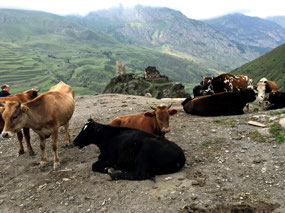
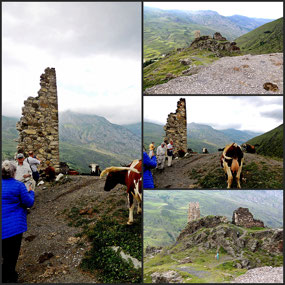
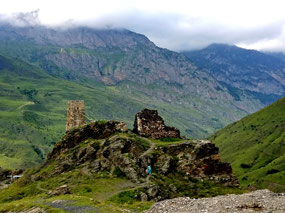
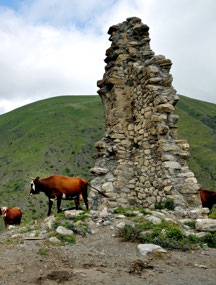
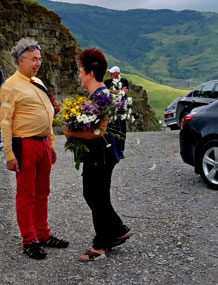
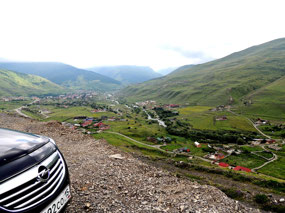
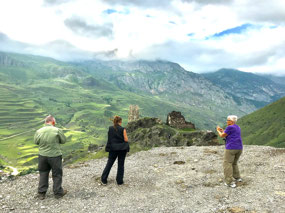
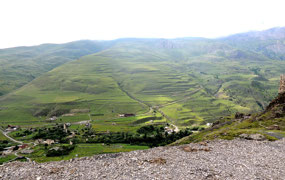
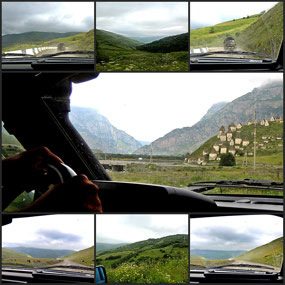

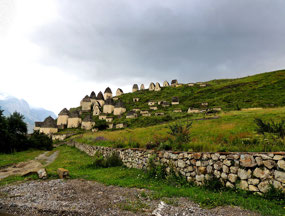
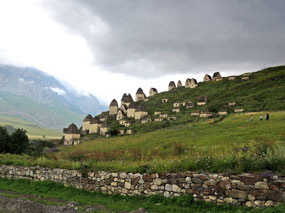
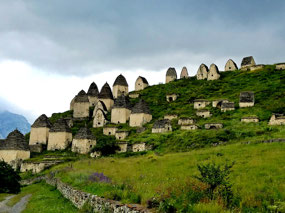
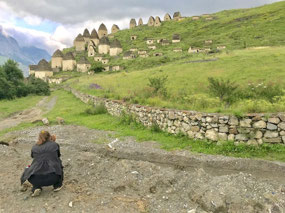


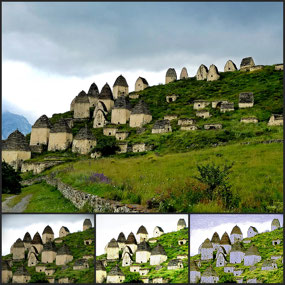
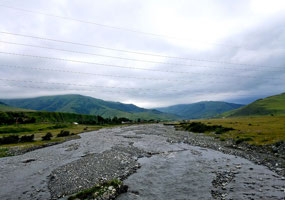
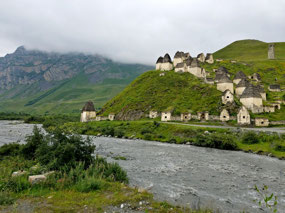

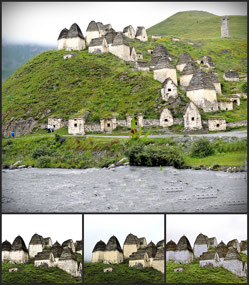
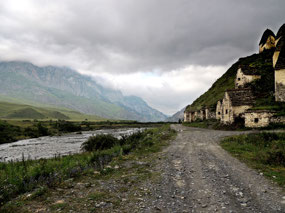
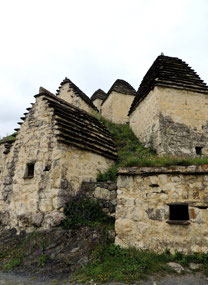

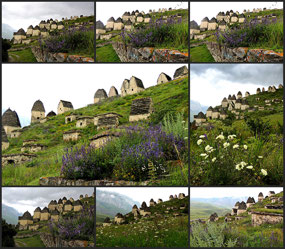
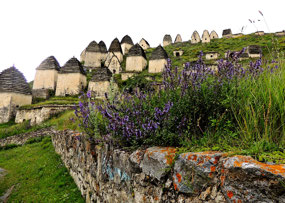
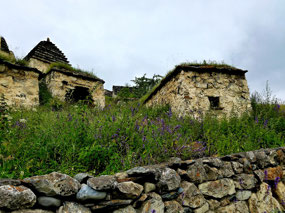
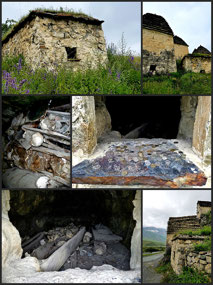
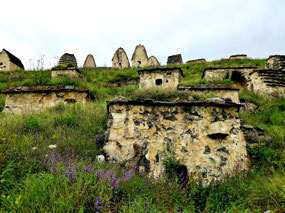
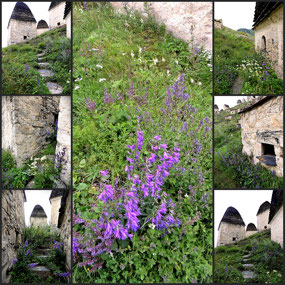
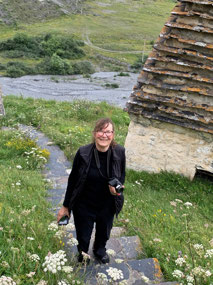
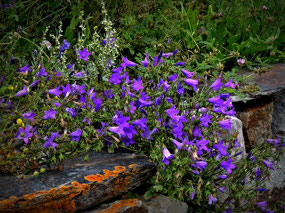
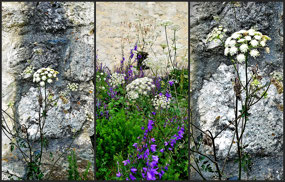
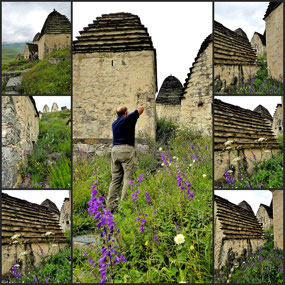
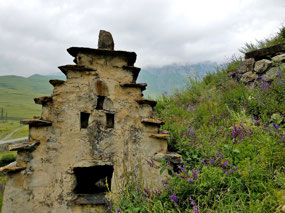
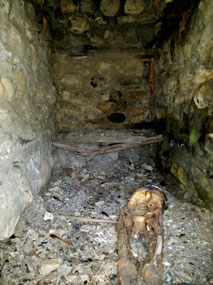
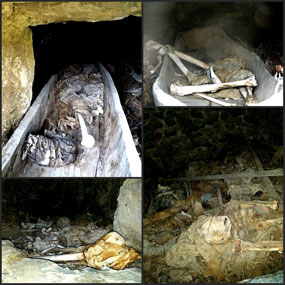
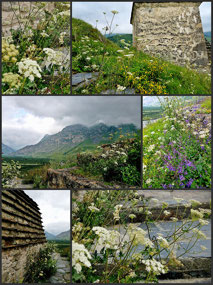
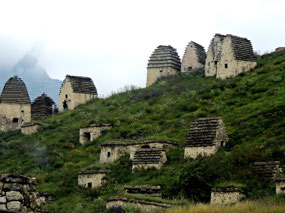

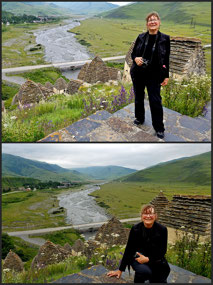
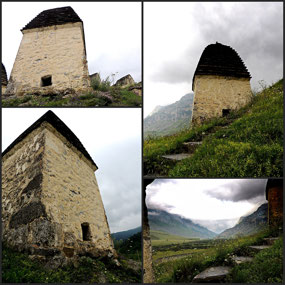
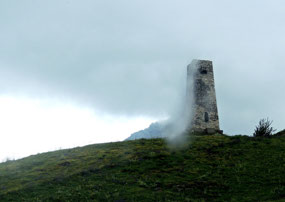
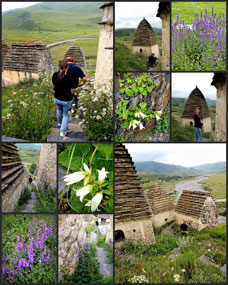
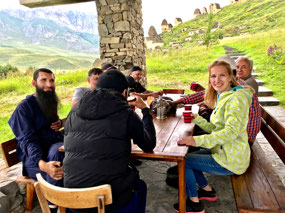
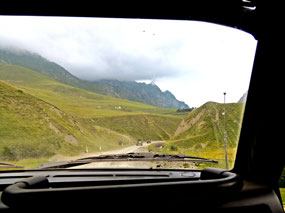
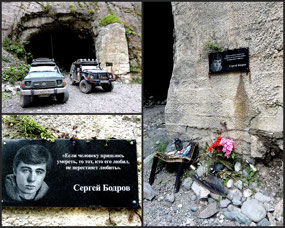
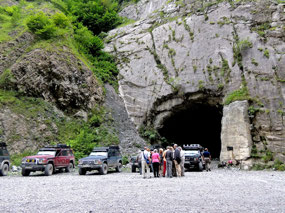
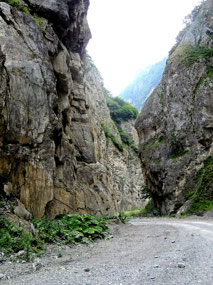
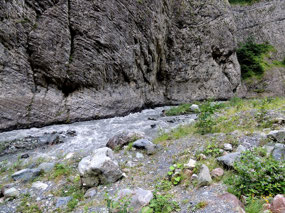

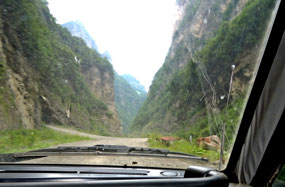
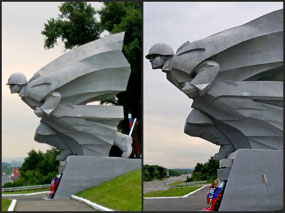
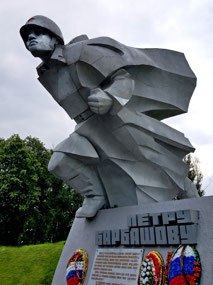
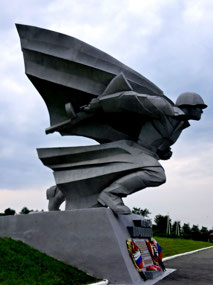
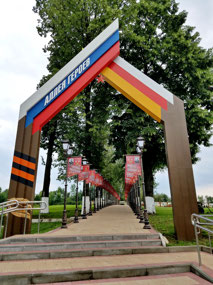

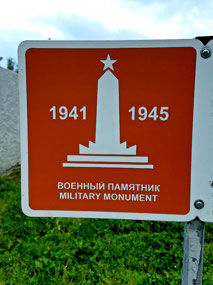
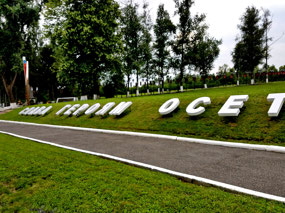
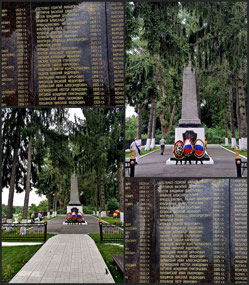
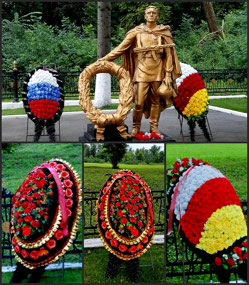
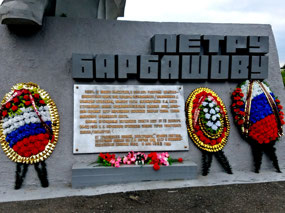
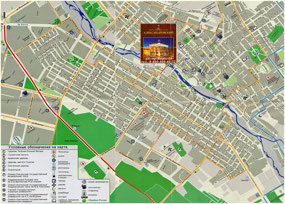
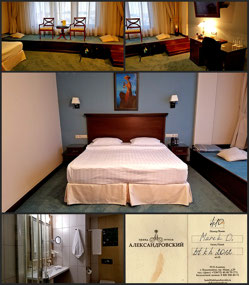
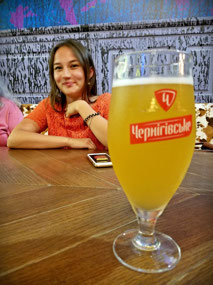
2025-05-22